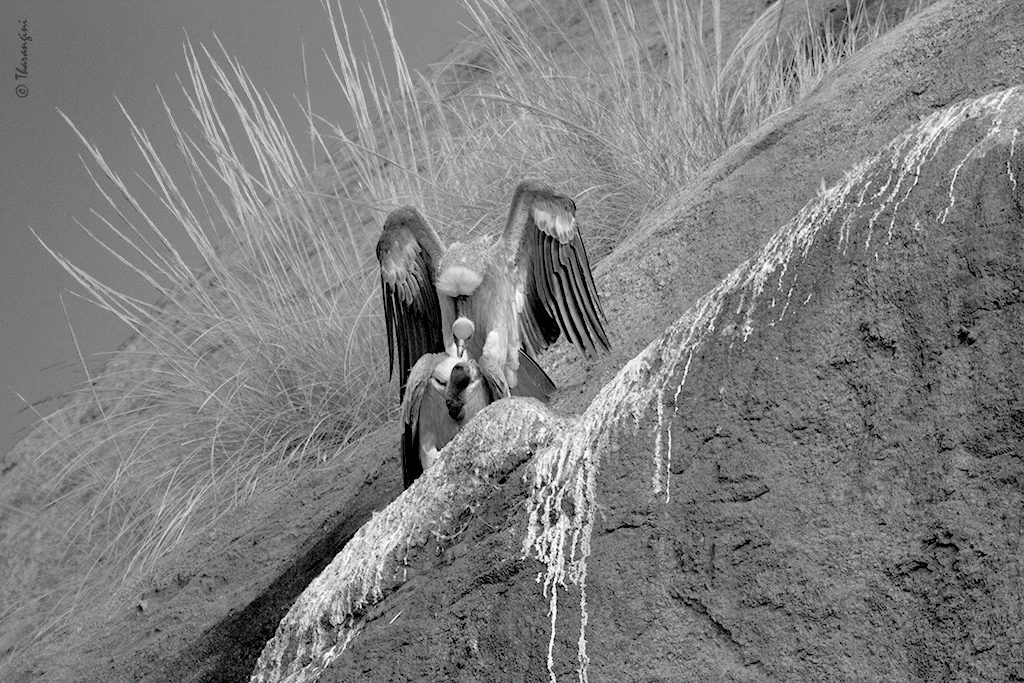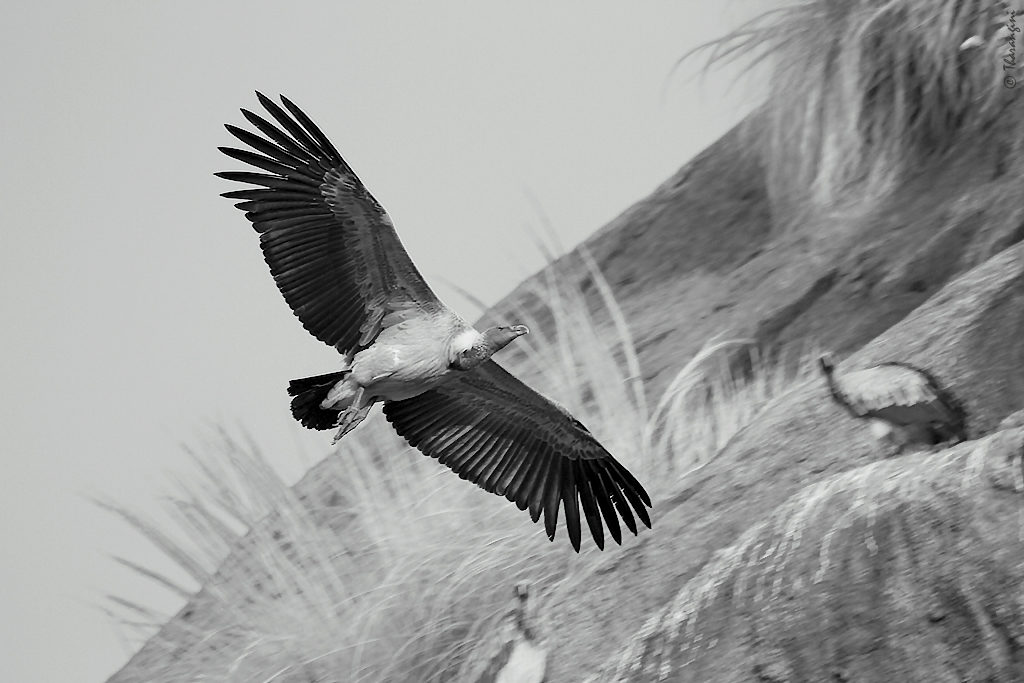Green Minute News
A major step in conservation of vultures, eight captive-bred White-Rumped Vultures were released in the wild on the 8th of this month. For the first time in India, critically endangered vultures which were bred and nurtured on a trial basis in Haryana, India, have been released. The satellite tagged birds will now be monitored for their movements, behaviour and survival.

A major step in the conservation of vultures, the release of these 7-8-year-old vultures was carried out very close to the Pinjore Jatayu Breeding Centre located at Panchakula. Ideally, this Centre is based on the edge of Bir Shikargaha wildlife sanctuary which is considered a safe vulture zone.
The breeding centre is run by Bombay Natural History Society (BNHS) with funding from Haryana Forest Department, Central Government and the Royal Society for the Protection of Birds (RSPB). It was in 2004 that the Vulture Research Facility at Pinjore was enlarged and converted into Asia’s first Vulture Conservation Breeding Centre. This centre has set an example for others to focus on vulture conservation in India. The release of 8 vultures is a landmark event to save these vital species from extinction.
NATIONWIDE SURVEYS
It was in 2003 that nationwide surveys across India indicated vultures had declined by more than 90 per cent in comparison to populations in the early 1990s. Researchers from Pakistan and The Peregrine Fund discovered that the veterinary drug “diclofenac” is widely used for treating livestock in Pakistan and is toxic to vultures.

Long Billed Vultures in Ramadevara Betta Photo Credit: Tharangini
Since the dramatic vulture declines were first noted in India and across South Asia in the 1990s, breeding populations of three Critically Endangered vulture species were established in some centres. And conservationists have eagerly awaited the time when such releases can take place in India. The released birds have been fitted with GPS tracking devices which will allow them to be closely monitored.
VULTURE MONITORING
Tracking of these birds is important as it will allow an assessment of the safety of the environment, to confirm whether it is sufficiently clear of diclofenac. This NSAID was the cause of the initial declines, and remains the main threat to vulture populations in India. Ridding the environment of the drug is an important prerequisite for releases to happen.

Vibhu Prakash, Principal Scientist, BNHS who has overseen the management of the centre since its inception said, “We have worked hard for almost 20 years to reach this point and we had to learn from international experts and overcome many hurdles along the way.”
Haryana Chief Wildlife Warden, Alok Verma said, “It’s a tribute to the dedicated BNHS team and great credit to our department that the breeding programme is so successful, and recognised worldwide, and that some of us are here today to witness this landmark event.”
NEW BEGINNING
Chris Bowden of RSPB and Manager of the Saving Asia’s Vultures from Extinction (SAVE) consortium said, “This release shows we are moving to a new phase in this extraordinary story. Recent monitoring of the so-called Haryana Release Zone, an area within 100 km of the centre (and including five neighbouring states), have shown that the prevalence of diclofenac in both pharmacies and vultures’ food, has declined since the national ban was declared 14 years ago.”
However, it also shows there are still significant and alarming amounts out there, Bowden added. “And so, this release is a very important trial. The safety-testing of other drugs like nimesulide by the Indian Veterinary Research Institute with BNHS is yet another crucial element which urgently needs to speed up.”
WORRY OF ACECLOFENAC
Further, with Satellite-tagging of these birds to immediately find and determine the fate of any bird, they are now concerned about the next major challenge. “We really hope these released birds will survive, but there is a lot more to do to ensure their environment is safe. For example, one further drug, Aceclofenac, which is still in legal veterinary use, has been scientifically demonstrated to convert immediately to diclofenac in cattle, so this poses the same threat to vultures. Although steps to ban this drug is underway, this has not yet resulted in action. Until we see how this trial release goes, we should be cautious about planning further releases. But meanwhile let’s celebrate this important milestone.”

John Mallord, Conservation Scientist for the RSPB added, “We are very keen to closely monitor vultures in the area and so would like to ask people to report sick or freshly dead vultures within 100 km of the release site.”
Earlier to this release, in 2018, the first captive-bred white-rumped vultures were released in Nepal. The release of these birds was delayed due to the pandemic restrictions and the event would have had a higher level of participation in different circumstances.
